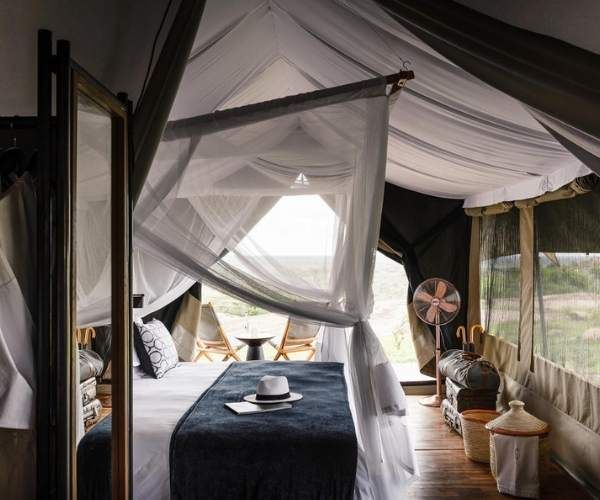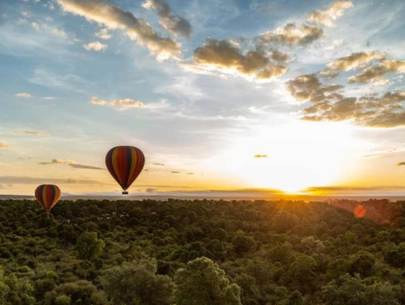Follow the Great Migration in ‘migration camps’
When it comes to safari experiences, witnessing the Great Migration is always high on the list, and rightly so. There is no sight quite like it. Around two million wildebeest and zebra: grazing, grunting, galloping. Not to mention their constant effort to stay safe, and stay alive. The wildebeest migration in East Africa is, without a doubt, one of the greatest spectacles on Earth.
So what’s so special about this migration?
It’s the largest of its kind. Around 1.5 million wildebeest, accompanied by 200,000 zebras take part in a pilgrimage that covers approximately 800 kilometers a year. Although it may seem chaotic, the migration herds know exactly where they are heading. They travel in a clockwise direction across the plains of the Serengeti National Park in Tanzania, and the Masai Mara National Reserve in Kenya. They make this huge journey every year, in constant search of fresh rains and green pasture.












